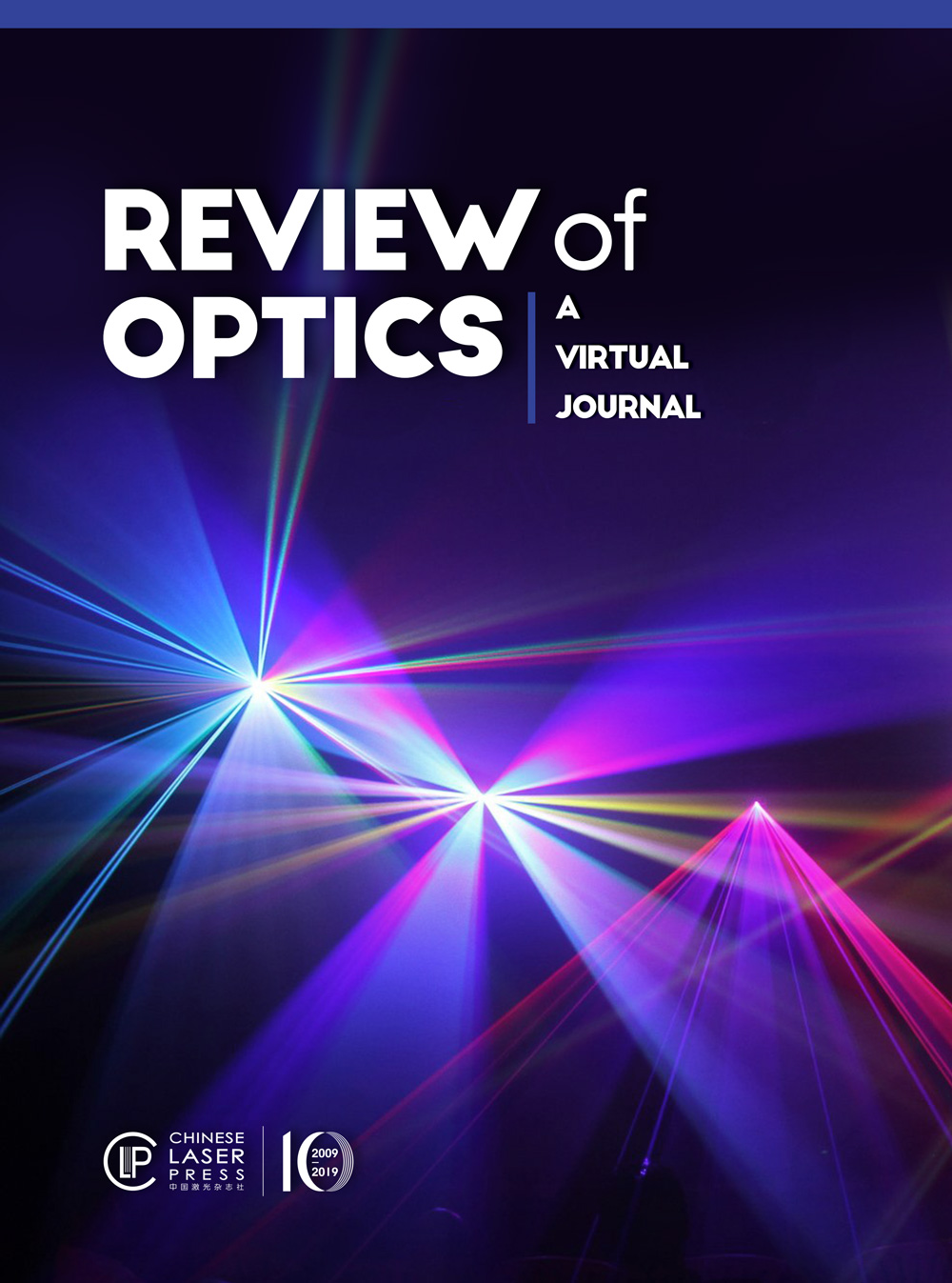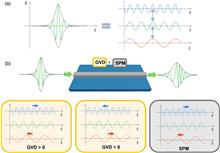 View fulltext
View fulltext
Nonlinear optics has not stopped evolving, offering opportunities to develop novel functionalities in photonics. Supercontinuum generation, a nonlinear optical phenomenon responsible for extreme spectral broadening, attracts the interest of researchers due to its high potential in many applications, including sensing, imaging, or optical communications. In particular, with the emergence of silicon photonics, integrated supercontinuum sources in silicon platforms have seen tremendous progress during the past decades. This article aims at giving an overview of supercontinuum generation in three main silicon-compatible photonics platforms, namely, silicon, silicon germanium, and silicon nitride, as well as the essential theoretical elements to understand this fascinating phenomenon.
Bragg processing using a volume hologram offers an alternative in optical image processing in contrast to Fourier-plane processing. By placing a volume hologram near the object in an optical imaging setup, we achieve Bragg processing. In this review, we discuss various image processing methods achievable with acousto-optic modulators as dynamic and programmable volume holograms. In particular, we concentrate on the discussion of various differentiation operations leading to edge extraction capabilities.
White light, which contains polychromic visible components, affects the rhythm of organisms and has the potential for advanced applications of lighting, display, and communication. Compared with traditional incandescent bulbs and inorganic diodes, pure organic materials are superior in terms of better compatibility, flexibility, structural diversity, and environmental friendliness. In the past few years, polychromic emission has been obtained based on organic aggregates, which provides a platform to achieve white-light emission. Several white-light emitters are sporadically reported, but the underlying mechanistic picture is still not fully established. Based on these considerations, we will focus on the single-component and multicomponent strategies to achieve efficient white-light emission from pure organic aggregates. Thereinto, single-component strategy is introduced from four parts: dual fluorescence, fluorescence and phosphorescence, dual phosphorescence with anti-Kasha’s behavior, and clusteroluminescence. Meanwhile, doping, supramolecular assembly, and cocrystallization are summarized as strategies for multicomponent systems. Beyond the construction strategies of white-light emitters, their advanced representative applications, such as organic light-emitting diodes, white luminescent dyes, circularly polarized luminescence, and encryption, are also prospected. It is expected that this review will draw a comprehensive picture of white-light emission from organic aggregates as well as their emerging applications.
Time-varying media have recently emerged as a new paradigm for wave manipulation, due to the synergy between the discovery of highly nonlinear materials, such as epsilon-near-zero materials, and the quest for wave applications, such as magnet-free nonreciprocity, multimode light shaping, and ultrafast switching. In this review, we provide a comprehensive discussion of the recent progress achieved with photonic metamaterials whose properties stem from their modulation in time. We review the basic concepts underpinning temporal switching and its relation with spatial scattering and deploy the resulting insight to review photonic time-crystals and their emergent research avenues, such as topological and non-Hermitian physics. We then extend our discussion to account for spatiotemporal modulation and its applications to nonreciprocity, synthetic motion, giant anisotropy, amplification, and many other effects. Finally, we conclude with a review of the most attractive experimental avenues recently demonstrated and provide a few perspectives on emerging trends for future implementations of time-modulation in photonics.












